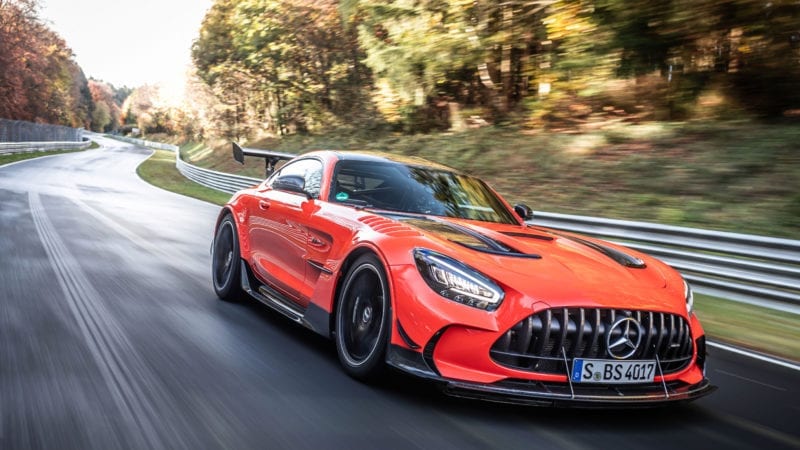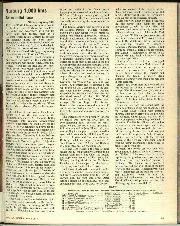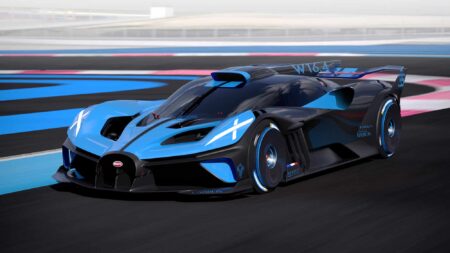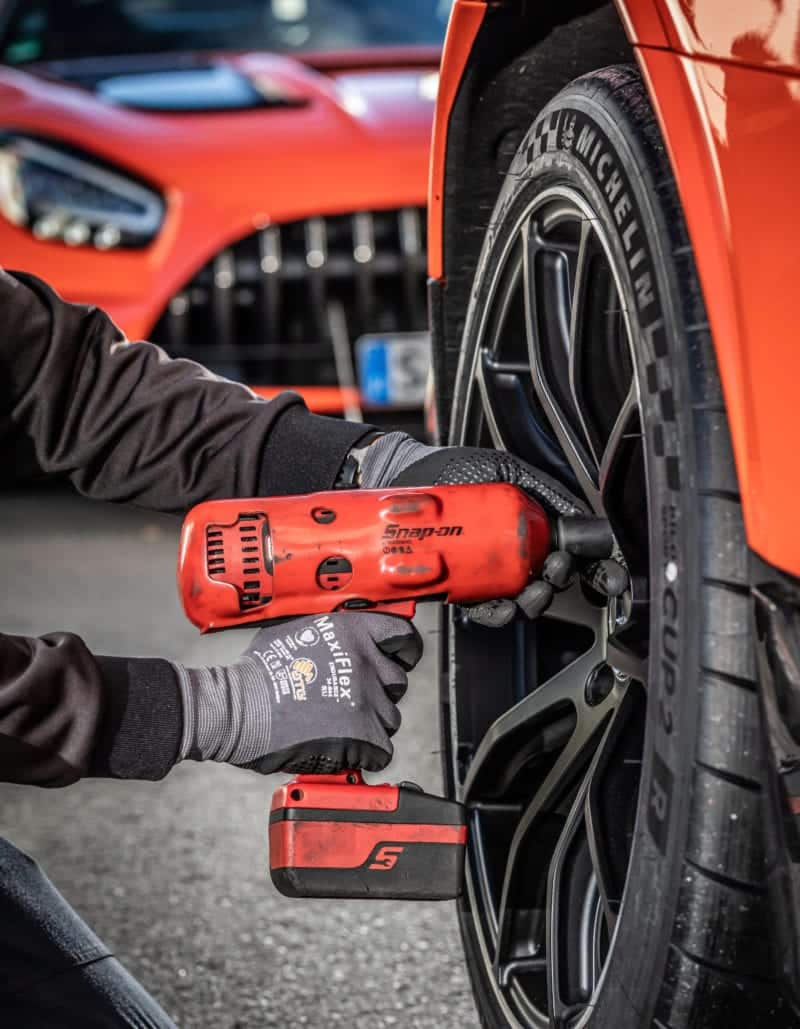That car was a Porsche 956, chassis 005 if you’re interested. It was designed as a Group C prototype, as dedicated a racing car as a modern F1 machine. Unlike a modern F1 machine it was able to run full ground effect aerodynamics, generating awesome quantities of downforce, providing insane grip for its massive, Goodyear slick tyres. It would have also put a minimum of 650bhp underneath Bellof’s right boot, which, in a car weighing just 820kg gave a power to weight ratio of nearly 800bhp per tonne.
Now let’s compare the Mercedes in which Engel did his lap last month. It’s a road car, fully homologated (and therefore in lap time terms compromised) for road use. It has road car ground clearance and road car suspension geometry. Most importantly it also has road car tyres and no ground effect whatsoever. It is even more powerful than the 956 with 720bhp, but crushingly heavier too, the lightest quoted weight I’ve seen being 1520kg, some 700kg more than the 956. Which gives a power to weight ratio of just 474bhp per tonne.
So the question is, how the hell did it get within 17 seconds of Bellof’s fastest race lap, bearing mind that on a track of conventional length, like the full Silverstone Grand Prix circuit, the gap would likely be fewer than five seconds?
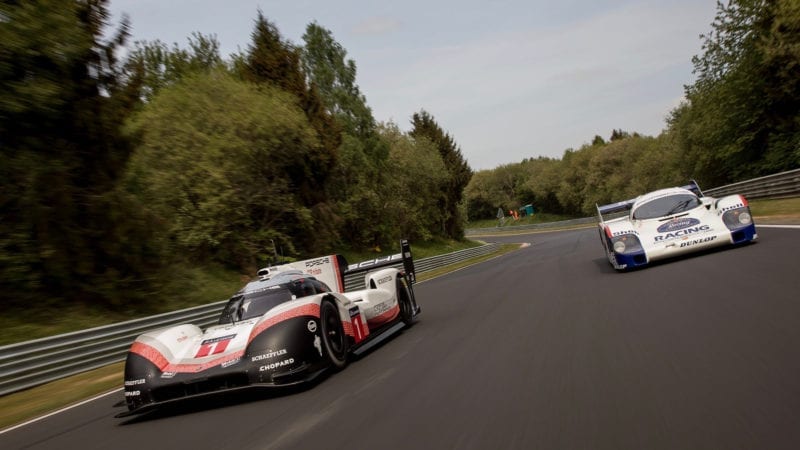
Bellof’s record in the Porsche 956 (right) stood until the 919 Evo (left) broke it in 2018
Porsche
Another way of looking at Engel’s time in 2020 is that it would have been good enough for 7th place on the 1983 grid, ahead of one privateer 956 and only 1.5 seconds behind the time set by the 956 with the decidedly not shabby crew of John Fitzpatrick and David Hobbs.
What’s going on? Well a few things, some of the more obvious being that the AMG GT Black Series is clearly a bloody rapid car and Engel an exceptionally quick driver.
Less immediately guessed is that the track is quicker now than it was then. Some of the bigger jumps have been eased and I’d bet plenty the 2020 surface is faster than that used 37 years ago. Also Engel is not just a professional racing driver, he’s a Nürburgring specialist and outright winner of the Nürburgring 24 hours. Which doesn’t make him better or even as good as Bellof, but does perhaps offer part of an explanation why other cars that are quicker on paper but lacked drivers who knew the unique facility, as well as their own front driver, were eclipsed by his time.

